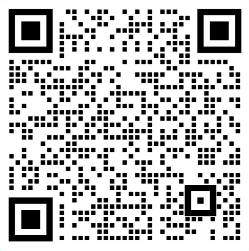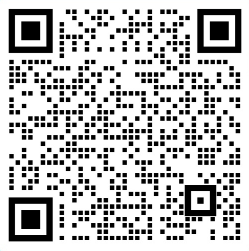IoT Applications
BLIIoT|BL100 Collect Mitsubishi PLC Data Through Modbus Protocol
Views : 14355
Author : Luvia
Update time : 2023-09-06 16:11:55
The meaning of Collect Mitsubishi PLC data through Modbus protocol
By implementing Modbus communication on a Mitsubishi PLC, you can establish a connection with a Modbus master device or software, allowing you to read and write data from/to the PLC. This enables you to collect various types of data from the Mitsubishi PLC, such as input and output status, register values, diagnostic information, and other relevant data points.
The Modbus protocol defines different function codes that specify the type of data access, such as reading coils, reading holding registers, writing single registers, etc. These function codes are used by the Modbus master to send requests to the Mitsubishi PLC, and the PLC responds with the requested data.
Collecting Mitsubishi PLC data through the Modbus protocol is beneficial for various purposes, including data monitoring, process control, data analysis, and integration with other systems. It allows you to gather real-time information from the PLC, enabling you to make informed decisions, troubleshoot issues, optimize processes, and integrate the PLC with other devices or software systems in your automation infrastructure.
Product introduction
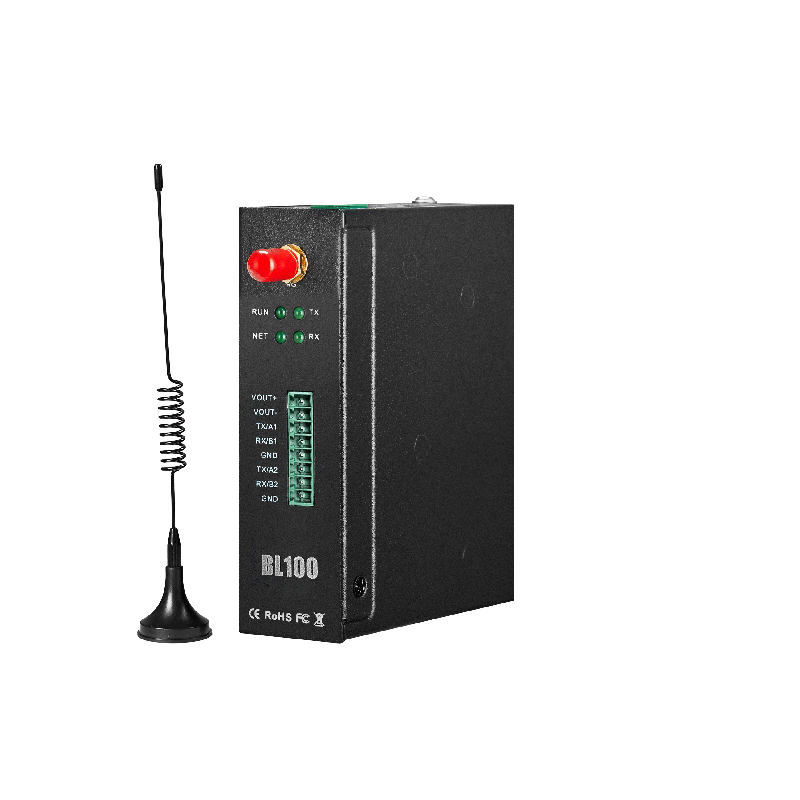
The Modbus to MQTT Gateway BL100 is a cost-effective Industrial Gateway, special for converting Modbus RTU to MQTT Protocol, supports Huawei IoT Cloud, BLIIOT Cloud, Aliyun, and other MQTT Protocol Cloud Platform.
BL100 supports Modbus RTU to MQTT protocol conversion; Wireless transparent transmission of various protocols to cloud; Can be used as Modbus Master/Slave, 2 RS485 make it possible to providing data to PLC/HMI while collecting RS485 instrument data, and then connect to the cloud platform through 4G; 32 devices and 320 variables collect simultaneously; Support 10 user numbers for receiving SMS alarms for device dropouts, serial data overruns, and abnormalities;
Practical Application
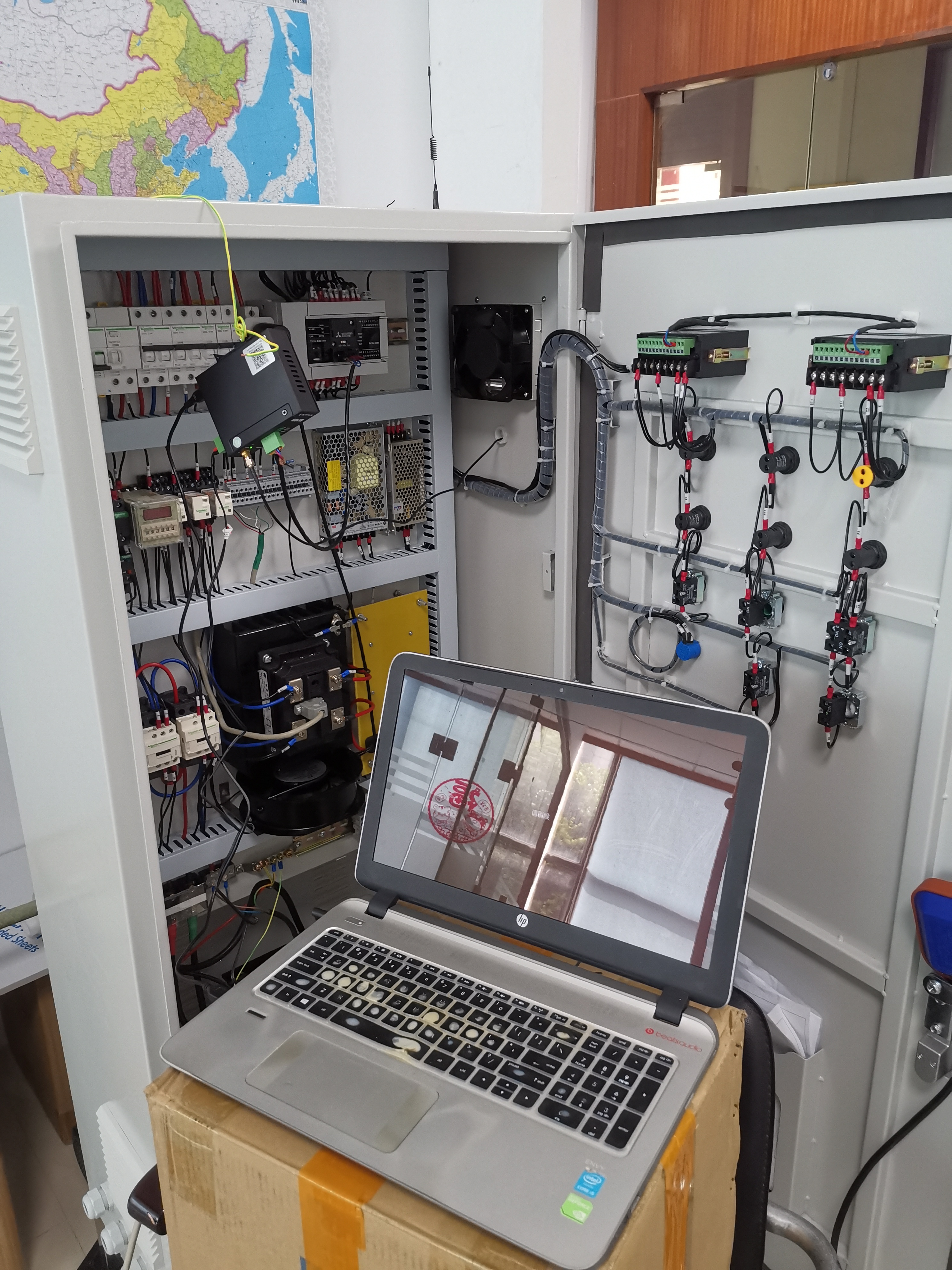
1. Check PLC Compatibility: Ensure that your Mitsubishi PLC supports Modbus communication. Some Mitsubishi PLC models have built-in Modbus communication capabilities, while others may require additional communication modules.
2. Configure PLC Settings: Set up the communication parameters on the Mitsubishi PLC. This includes configuring the Modbus communication protocol, such as the baud rate, parity, data bits, and stop bits. Refer to the PLC's user manual or programming software for instructions on configuring Modbus communication settings.
3. Connect the PLC to Modbus Network: Establish a physical connection between the Mitsubishi PLC and the Modbus network. This can be done using RS-485 or Ethernet, depending on the communication module or interface supported by your PLC model.
4. Modbus Master Configuration: Set up a Modbus master device or software that will communicate with the Mitsubishi PLC. The Modbus master can be a PC-based software application or a dedicated hardware device. Configure the Modbus master with the appropriate communication parameters, such as the PLC's Modbus address and communication protocol details.
5. Read/Write Data: Use the Modbus master to read or write data from/to the Mitsubishi PLC. Modbus function codes are used to specify the type of data access (e.g., read coils, read holding registers, write single register, etc.). The Modbus master sends requests to the PLC, and the PLC responds with the requested data.
6. Process the Data: Once the Modbus master receives the data from the Mitsubishi PLC, you can process and utilize it as per your application requirements. This may involve storing the data in a database, displaying it on a user interface, or performing further calculations or analysis.
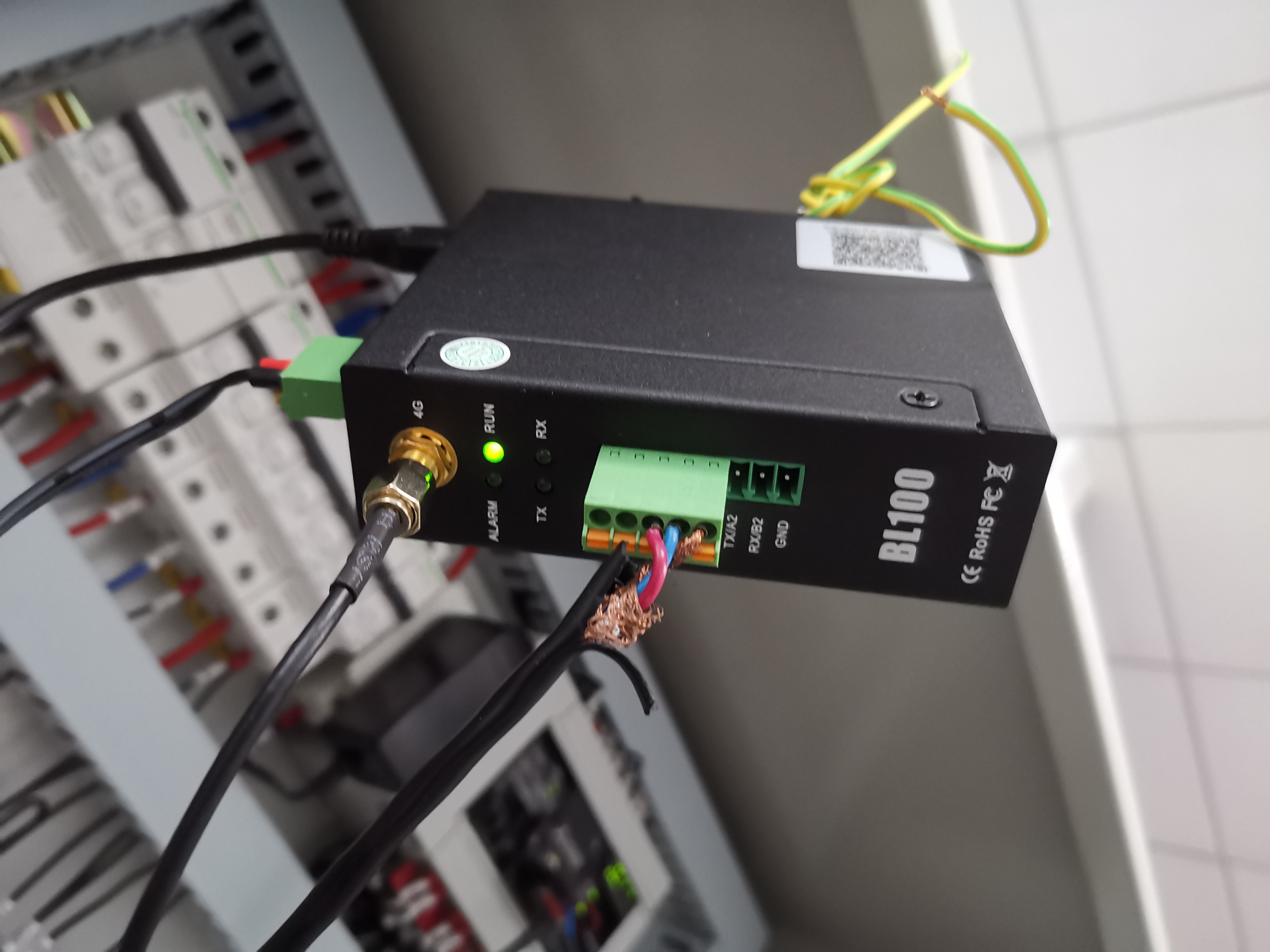
By implementing Modbus communication on a Mitsubishi PLC, you can establish a connection with a Modbus master device or software, allowing you to read and write data from/to the PLC. This enables you to collect various types of data from the Mitsubishi PLC, such as input and output status, register values, diagnostic information, and other relevant data points.
The Modbus protocol defines different function codes that specify the type of data access, such as reading coils, reading holding registers, writing single registers, etc. These function codes are used by the Modbus master to send requests to the Mitsubishi PLC, and the PLC responds with the requested data.
Collecting Mitsubishi PLC data through the Modbus protocol is beneficial for various purposes, including data monitoring, process control, data analysis, and integration with other systems. It allows you to gather real-time information from the PLC, enabling you to make informed decisions, troubleshoot issues, optimize processes, and integrate the PLC with other devices or software systems in your automation infrastructure.
Product introduction

The Modbus to MQTT Gateway BL100 is a cost-effective Industrial Gateway, special for converting Modbus RTU to MQTT Protocol, supports Huawei IoT Cloud, BLIIOT Cloud, Aliyun, and other MQTT Protocol Cloud Platform.
BL100 supports Modbus RTU to MQTT protocol conversion; Wireless transparent transmission of various protocols to cloud; Can be used as Modbus Master/Slave, 2 RS485 make it possible to providing data to PLC/HMI while collecting RS485 instrument data, and then connect to the cloud platform through 4G; 32 devices and 320 variables collect simultaneously; Support 10 user numbers for receiving SMS alarms for device dropouts, serial data overruns, and abnormalities;
Practical Application

1. Check PLC Compatibility: Ensure that your Mitsubishi PLC supports Modbus communication. Some Mitsubishi PLC models have built-in Modbus communication capabilities, while others may require additional communication modules.
2. Configure PLC Settings: Set up the communication parameters on the Mitsubishi PLC. This includes configuring the Modbus communication protocol, such as the baud rate, parity, data bits, and stop bits. Refer to the PLC's user manual or programming software for instructions on configuring Modbus communication settings.
3. Connect the PLC to Modbus Network: Establish a physical connection between the Mitsubishi PLC and the Modbus network. This can be done using RS-485 or Ethernet, depending on the communication module or interface supported by your PLC model.
4. Modbus Master Configuration: Set up a Modbus master device or software that will communicate with the Mitsubishi PLC. The Modbus master can be a PC-based software application or a dedicated hardware device. Configure the Modbus master with the appropriate communication parameters, such as the PLC's Modbus address and communication protocol details.
5. Read/Write Data: Use the Modbus master to read or write data from/to the Mitsubishi PLC. Modbus function codes are used to specify the type of data access (e.g., read coils, read holding registers, write single register, etc.). The Modbus master sends requests to the PLC, and the PLC responds with the requested data.
6. Process the Data: Once the Modbus master receives the data from the Mitsubishi PLC, you can process and utilize it as per your application requirements. This may involve storing the data in a database, displaying it on a user interface, or performing further calculations or analysis.

Related News
Read More >>














